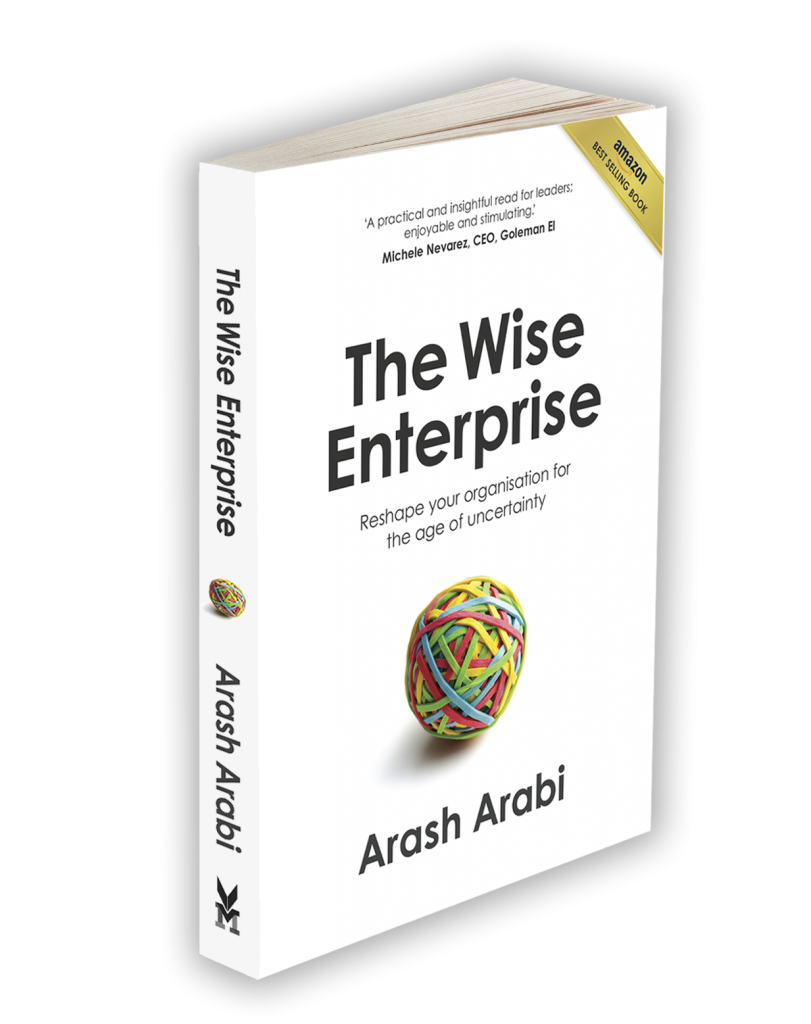One of the most popular and effective product development methods these days is the Lean Startup Method. The Lean Startup method is an empirical product development technique developed by Eric Ries and has gained a lot of popularity among...
One of the most popular and effective product development methods these days is the Lean Startup Method. The Lean Startup method is an empirical product development technique developed by Eric Ries and has gained a lot of popularity among successful entrepreneurs.
One of the key concepts of the Lean Startup method is the notion of MVP. But before defining MVP let’s look at the underlying principle of empiricism that the Lean Startup model is built upon.
Empiricism is also known as the scientific method and is an approach to problem solving when we look at our solution with scepticism and only accept things to be true when we observe enough evidence for them.
To better understand this let’s look at an example. Legend has it, that one day in the 17th century in the English countryside the young Isaac Newton was sitting under an apple tree. Newton wanted to figure out why the moon goes around the earth. As he was thinking about this problem suddenly an apple fell on his head, and in that moment he had an epiphany that maybe it is the same force that is pulling the apple to the ground that is causing the moon to go around the earth too.
But he couldn’t simply accept this conjecture to be true. He had to validate this hypothesis. After some experimentation Newton came up with his famous gravity equation. This equation made many predictions, form the movement of celestial bodies to the trajectory a ball would follow when thrown with certain velocity. After carefully and meticulously measuring the predictions of his hypothesis, Newton built enough confidence that his hypothesis was actually true.
This parable was an illustration of empiricism in action. In today’s age of uncertainty, entrepreneurs and product developers need to apply an empirical approach to validate their hypothesis. The mechanism by which they validate their hypothesis is building MVPs.
MVP stands for Minimum Viable Product. Most people believe that an MVP is the smallest and fastest-to-build incarnation of a product delivering value to the customers. But, this is not the correct Notion of MVP. MVP is the smallest, fastest-to-build incarnation of a product that can help us gain some insight and validate our hypothesis.
In the words of Eric Ries himself “The minimum viable product is that version of a new product a team uses to collect the maximum amount of validated learning about customers with the least effort.”
We don’t build the MVP to deliver value to our customers. We build it to learn and validate our hypothesis. Now, there is another concept, MMP (Minimal Marketable Product), that is the smallest iteration of our product for delivering value to our customers.
A team may build multiple MVPs before they build their first MMP. Or, their first MVP may actually be the MMP too.

To better understand this let’s look at two MVP examples.
Zappos is a very successful online show retailer and one of the first companies to start selling shoes online. Selling shoes online is a crazy idea that needs to be validated. I certainly don’t buy shoes online as I want to try on my shoes before buying them.
So to validate his idea the founder of Zappos went to their local shoe store, took some photos of the shoes and posted them for sale on his website. When customers purchased a pair, he would go back to the shoe store buy the shoes and send it to his clients.
He did not go about building a full-fledged e-commerce solutions with supply chain and order fulfilment capabilities. He came up with the simplest solution to validate his hypothesis. Obviously, this is not a sustainable business model as he would lose money when reselling and shipping those shoes. But this investment helped him learn about the viability of his product.
Another famous MVP example is how Dropbox validated their hypothesis. Dropbox’s MVP was simply a video. They created a video describing the Drpobox product and posted it online. Then based on the comments and engagements with the video they validated the viability of their product.
In the case of Zappos their MVP was also an MMP because it also delivered some value to their customers. But in the case of Dropbox their MVP was not an MMP as it did not deliver any value to their customers. The main value of their MVP was their learning and the validation of their hypothesis.

In order to succeed in the age of uncertainty, we need to embrace and appreciate uncertainty. We need to turn uncertainty to an ally and use it to our advantage. When making decisions we need to acknowledge that we may be wrong and we need to ask ourselves what is the easiest experiment we can perform to validate the outcomes of our decisions.

Delivering customer value is very important and no business survives without delivering customer value. But, the step before delivering value is learning. So when designing MVPs we need to ask ourselves:
What is it that we are trying to learn by building this MVP?What is the hypothesis we are validating here?How are we going to measure and gather data? And how is that data going to give is insight?If you are interested in learning more about empiricism, developing an experimental mindset, and to learn how to make effective decisions in the age of uncertainty please check out my best selling book The Wise Enterprise: Reshape your organisation for the age of uncertainty.
The Wise Enterprise is available on Amazon in Paperback and Kindle formats.
The post What is an MVP and how can you use it to make effective decisions when faced with uncertainty? first appeared on Sprint Agile.










